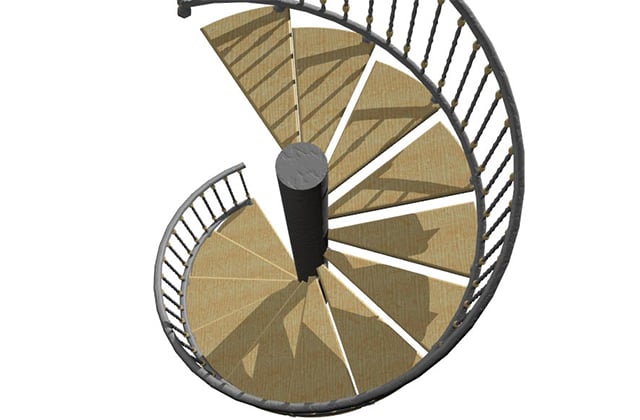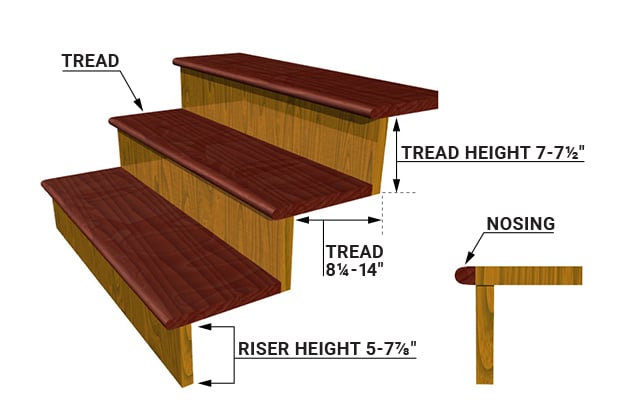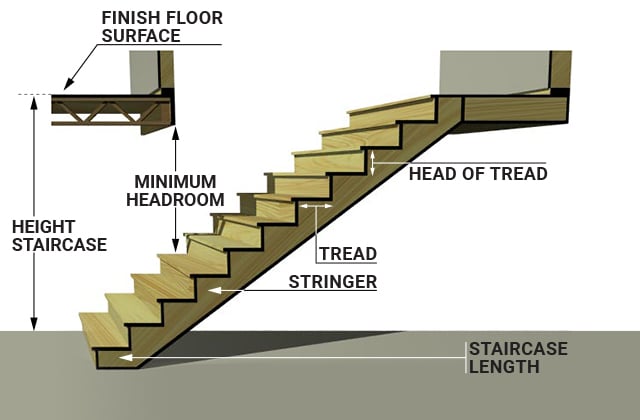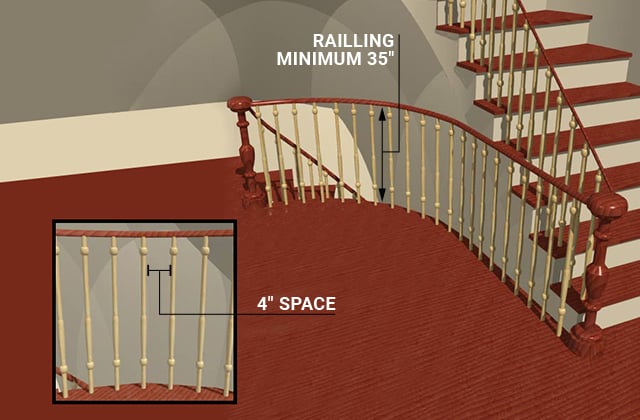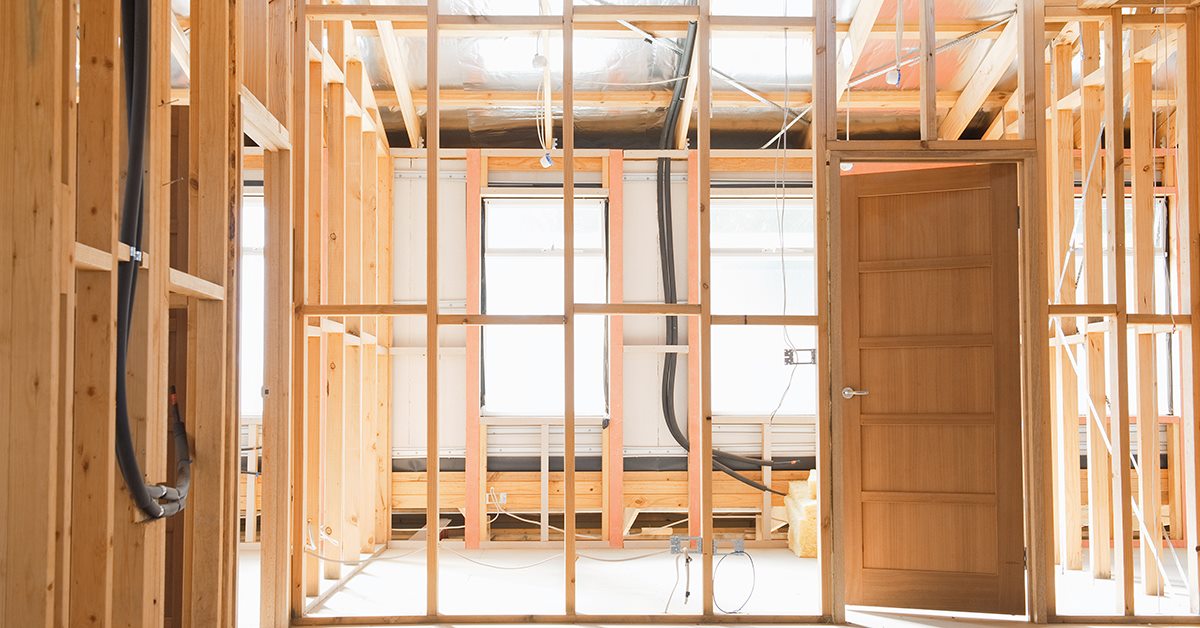Types of Staircases
There are two broad categories of stairs: open and closed.
A closed staircase is one with treads and risers, while an open one only has treads. Some experts also define an open stair as having one side enclosed by a wall, whereas walls or rails enclose both sides of a closed stair. Both types of staircases can have straight run and platform designs. A straight run stair goes continuously from one floor to the next and has no turns or landings. Platform stairs have landings that serve as bridges between sections where they change direction.
An L-shaped staircase has one turn and one platform, and U-shaped stairs have two turns and one platform. A double-L stair has two turns and two platforms. While these examples have straight sections, there are also curved staircases. The most prominent of these is the spiral staircase that coils on itself as it rises.











